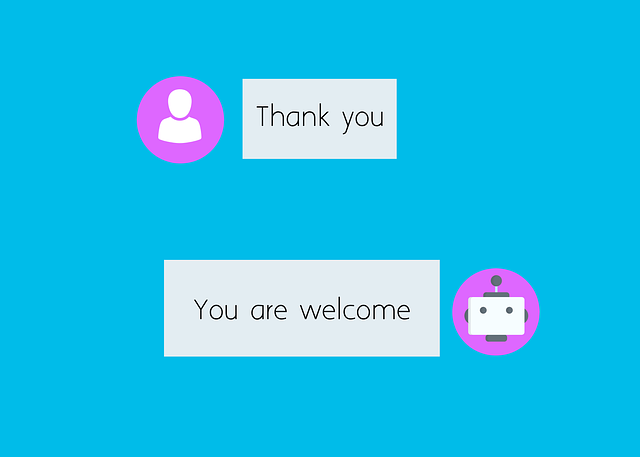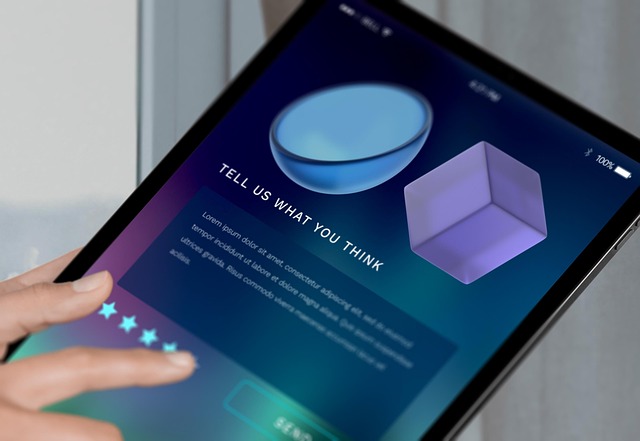Crafting effective email marketing strategies relies on compelling narratives that resonate with target audiences' aspirations, pain points, and language. By incorporating surprise, conflict, and resolution, stories foster emotional connections and leave lasting impressions. Understanding audience insights through storytelling builds trust and loyalty, enabling precise segmentation and personalized content for enhanced engagement, conversion rates, and brand-customer relationships. Measuring key performance indicators (KPIs) like open, click-through, conversion, and unsubscribe rates allows for refining strategies and optimizing future campaigns via marketing automation tools, including text message and WhatsApp marketing.
In today’s competitive digital landscape, email marketing strategies that captivate and engage are essential for cutting through the noise. Storytelling emerges as a powerful tool to foster connections with your audience. This article delves into the art of crafting compelling narratives that drive engagement, characterized by understanding your target market through storytelling techniques. We’ll explore successful measurement methods and provide insights on iterating your approach for optimal impact, transforming your email campaigns into captivating journeys.
- Crafting Compelling Narratives for Engagement
- Characterizing Your Audience through Storytelling
- Measuring Success and Iterating Your Approach
Crafting Compelling Narratives for Engagement

In the realm of email marketing strategies, crafting compelling narratives is akin to spinning a yarn that captivates and engages your audience. Start by understanding your target market—their aspirations, pain points, and the language they speak. A well-crafted story should resonate with these elements, offering solutions or insights that are relevant and valuable. Use a clear beginning, middle, and end structure to guide your email’s narrative, building anticipation and fostering emotional connections.
Incorporate elements of surprise, conflict, and resolution to make your story memorable. For instance, you could use a missed call text back feature in an ecommerce solution as a plot twist, revealing exclusive discounts or personalized product recommendations. This not only enhances the customer relationship management but also encourages interactions and conversions. Remember, storytelling is a powerful tool that can transform bland emails into compelling journeys, leaving a lasting impression on your subscribers.
Characterizing Your Audience through Storytelling

Understanding your audience is a cornerstone of effective email marketing strategies. Storytelling offers a powerful tool to achieve this insight. By crafting narratives that resonate with your subscribers, you can unveil their interests, pain points, and aspirations. Each story you share should reflect the language, themes, and problems they encounter in their daily lives, creating an emotional connection that fosters trust and loyalty.
Through character development, plot twists, and satisfying resolutions, stories allow you to segment your audience with greater precision. This level of personalization enables your email marketing strategies to deliver tailored content that drives engagement, improves conversion rates, and strengthens the bond between your brand and individual customers—an invaluable asset for enhancing your customer relationship management. Moreover, leveraging social media marketing automation platforms can streamline the process, ensuring stories are consistently shared across various channels.
Measuring Success and Iterating Your Approach

Measuring the success of your email marketing campaigns is crucial to understanding what resonates with your audience and refining your approach. Track key performance indicators (KPIs) such as open rates, click-through rates, conversion rates, and unsubscribe rates. These metrics provide insights into the effectiveness of your storytelling tactics, helping you identify what works best for your target market.
By analyzing these data points, you can iterate on your email marketing strategies. For example, if a particular narrative style or subject line results in higher engagement, incorporate those elements into future campaigns. Similarly, if certain segments of your audience demonstrate stronger responses to specific types of content, tailor your messaging accordingly. Leveraging marketing automation tools and exploring channels like text message marketing and WhatsApp marketing can also enhance your ability to personalize and optimize your campaigns over time.
Storytelling is a powerful tool in email marketing strategies, enabling brands to forge deeper connections with their audience. By crafting compelling narratives that resonate with your target market, you can enhance engagement and create a memorable experience. Characterizing your audience through storytelling allows for personalized content, ensuring your messages hit the right notes. Regularly measure the success of your approach and iterate based on data-driven insights to continually optimize your email marketing campaigns. Embrace storytelling as a game-changer in building a loyal subscriber base and driving conversions.
